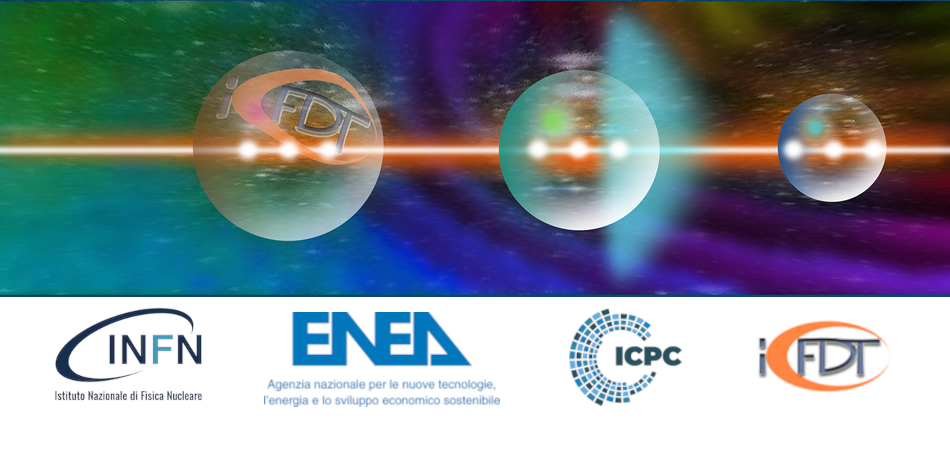Wendelstein 7-X (W7-X) is the largest and most advanced superconducting stellarator currently in operation. The primary objective is to demonstrate the ability to maintain a steady-state plasma with fusion-relevant plasma parameters and thus proving that the stellarator is a viable fusion power plant concept. In the most recent test campaign, the new and fully water-cooled divertor was tested...
Future fusion reactors will differ significantly in many ways from the current fusion devices. The main goal of the current experiments is to measure as much information as possible about the state and temporal evolution of the plasma, in parallel performing technology tests. In future reactors, diagnostics will only serve plasma control functions[1]. In a commercial power plant, the number of...
M. Scholz1*, U. Wiącek1, K. Drozdowicz1, A. Jardin1, U. Woźnicka1, A Kurowski1, A. Kulińska1, W. Dąbrowski2, B. Łach2, D. Mazon3, V. Gerenton4
Measuring fusion neutron spectra can give important information on ion fuel ratio and ion temperature, which are the goals of the High-Resolution Neutron Spectrometry (HRNS) on ITER [1]. This role is foreseen to be fulfilled by the HRNS system,...
The main goal of the Divertor Test Tokamak (DTT) facility is the investigation of viable particle and power exhaust solutions for fusion reactors [1,2]. Performances, integration of edge and core and flexibility of the configuration are the guidelines of the DTT project, in order to test various power exhaust strategies for reactor relevant confined plasmas in a compact device. In this...
Comprehensive and accurate physics parameter measurements with appropriate spatial and temporal resolution are vital for controlling plasma shape, equilibrium profiles, and maintaining magnetohydrodynamic (MHD) stability. Additionally, these measurements are key to validating theoretical models and achieving a predictive understanding of plasma behavior for fusion pilot plant (FPP) plasma...
An alternative design of the toroidal magnetic systems is studied and proposed for a future DEMO class reactor and applied as a conceptual scaled study for the new academic tokamak Tuscia Research University Small Tokamak (TRUST), under review at University of Tuscia (UNITUS). The alternative magnetic layout has the Central Solenoid (CS) placed around the Toroidal Field (TF) coils central...
The Divertor Tokamak Test (DTT), currently under construction at ENEA in Frascati, represents a crucial step in the development of magnetic confinement nuclear fusion [1]. DTT is a fully superconducting, high magnetic field tokamak, designed to significantly contribute to the integrated study of various divertor configurations. The diagnostic equipment includes advanced diagnostic systems for...
The TOMAS device, located at the Forschungszentrum Jülich (Germany), is dedicated to studies of wall conditioning, plasma production, and plasma-wall interaction, providing a versatile experimental environment that supports activities related to superconducting fusion devices such as W7-X, JT-60SA, and ITER.
TOMAS is a fully metallic plasma device with a major radius of 0.78 m and a minor...
Currently, there are several magnetic fusion devices in design or construction that expect to cross the Q>1 region. These devices are critical to the next steps of Fusion, the long-term energy mix and the resolution of the whole climate change situation.
These machines will need an extensive set of measurements to allow the running of these devices, to preserve the integrity of the...

